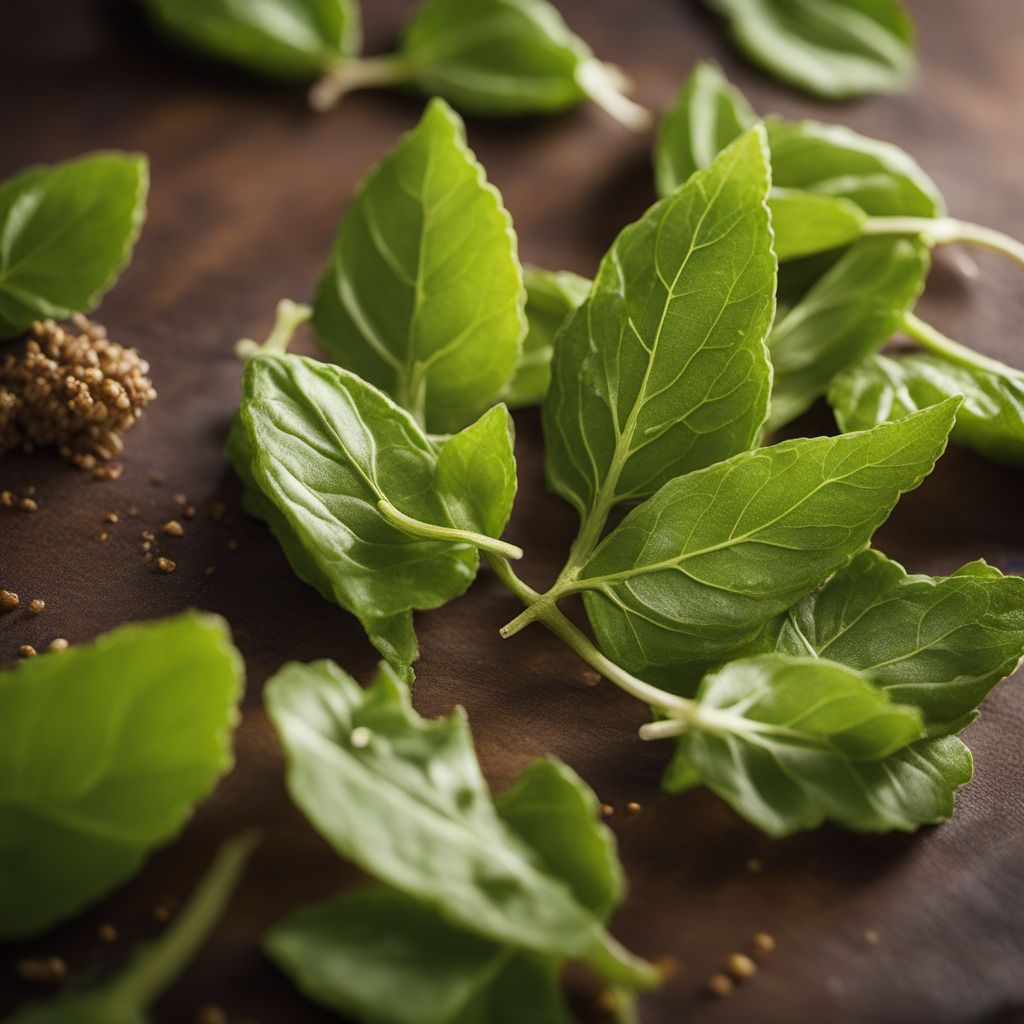
Ingredient
Other species harvested at baby leaf stage
The Delicate Delights of Baby Leaf Harvesting
Baby leaf harvesting involves picking young leaves from various plant species before they reach full maturity. These tender leaves are known for their vibrant colors, delicate textures, and concentrated flavors. They are often used in salads, sandwiches, and as garnishes to add freshness and visual appeal to dishes. Baby leaf harvesting allows for a diverse range of flavors, from mild and nutty to peppery and bitter, making it a versatile ingredient in culinary creations.
Origins and history
The practice of harvesting plants at the baby leaf stage has been around for centuries, with evidence of its use in ancient civilizations such as the Egyptians and Romans. It gained popularity in the 20th century as a way to maximize the yield of crops and provide consumers with a wider variety of fresh produce. Today, baby leaf harvesting is a common practice in many countries, with different regions cultivating specific plant species for this purpose.
Nutritional information
Baby leaf harvesting provides a nutrient-rich addition to meals, offering an array of vitamins, minerals, and antioxidants. These young leaves are low in calories and high in fiber, making them a healthy choice for those looking to maintain a balanced diet.
Allergens
While baby leaf harvesting itself does not introduce any new allergens, it is important to be aware of potential allergens associated with specific plant species used in this practice, such as peanuts or tree nuts in some salad mixes.
How to select
When selecting baby leaf harvested ingredients, look for vibrant and evenly colored leaves without any signs of wilting or discoloration. Avoid leaves that appear bruised or damaged. Additionally, opt for organic or locally sourced options to ensure the highest quality and freshness.
Storage recommendations
To maintain the freshness and quality of baby leaf harvested ingredients, store them in a perforated plastic bag or container lined with a damp paper towel. Place them in the refrigerator's vegetable drawer, where they can stay fresh for up to a week.
How to produce
Amateur gardeners can produce baby leaf harvested ingredients by sowing seeds of desired plant species in well-drained soil or containers. Regular watering and proper sunlight exposure are essential for healthy growth. Harvest the leaves when they reach the desired size, typically around 2 to 4 inches in length.
Preparation tips
Baby leaf harvested ingredients require minimal preparation. Rinse the leaves thoroughly under cold water to remove any dirt or debris. Pat them dry gently with a clean kitchen towel or spin them in a salad spinner. They can be used raw in salads, sandwiches, or as a garnish. Alternatively, lightly sauté or steam them to enhance their flavors and textures.
Culinary uses
Baby leaf harvested ingredients are commonly used in salads, sandwiches, wraps, and as garnishes for various dishes. They add a burst of freshness, vibrant colors, and unique flavors to culinary creations.
Availability
Baby leaf harvested ingredients are commonly available in grocery stores, supermarkets, and farmers markets worldwide.
